The mathematician David Bessis claims that everyone is capable of, and can benefit greatly from, mathematical thinking.
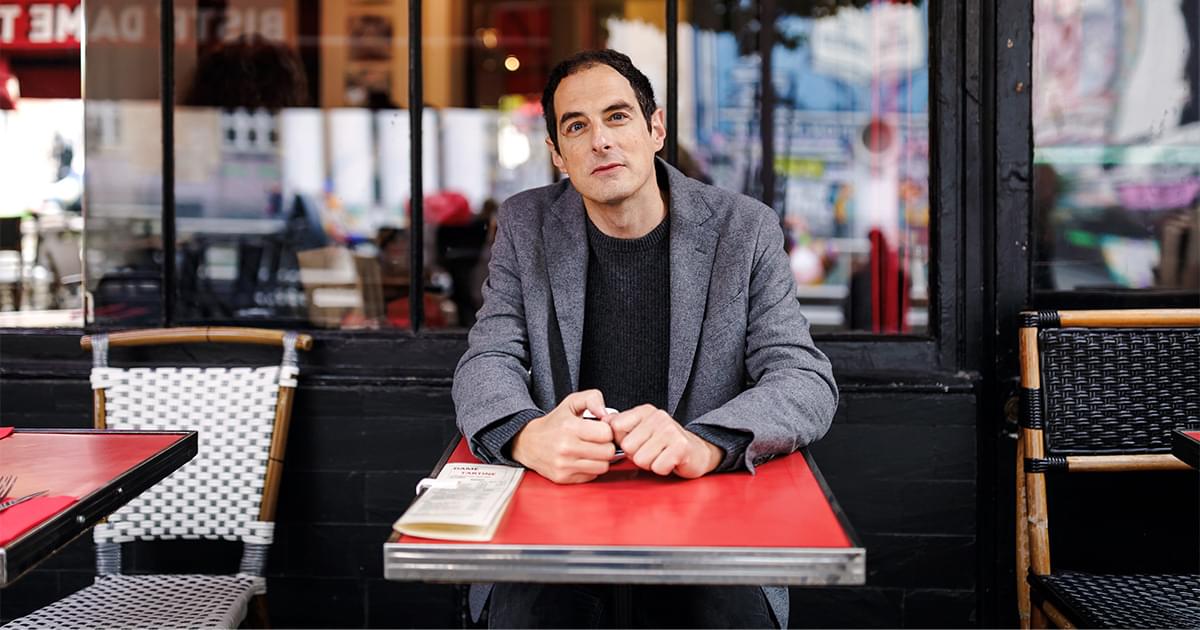


When it comes to training robots to perform agile, single-task motor skills, such as handstands or backflips, artificial intelligence methods can be very useful. But if you want to train your robot to perform multiple tasks—say, performing a backward flip into a handstand—things get a little more complicated.
“We often want to train our robots to learn new skills by compounding existing skills with one another,” said Ian Abraham, assistant professor of mechanical engineering. “Unfortunately, AI models trained to allow robots to perform complex skills across many tasks tend to have worse performance than training on an individual task.”
To solve for that, Abraham’s lab is using techniques from optimal control—that is, taking a mathematical approach to help robots perform movements in the most efficient and optimal way possible. In particular, they’re employing hybrid control theory, which involves deciding when an autonomous system should switch between control modes to solve a task. The research is published on the arXiv preprint server.
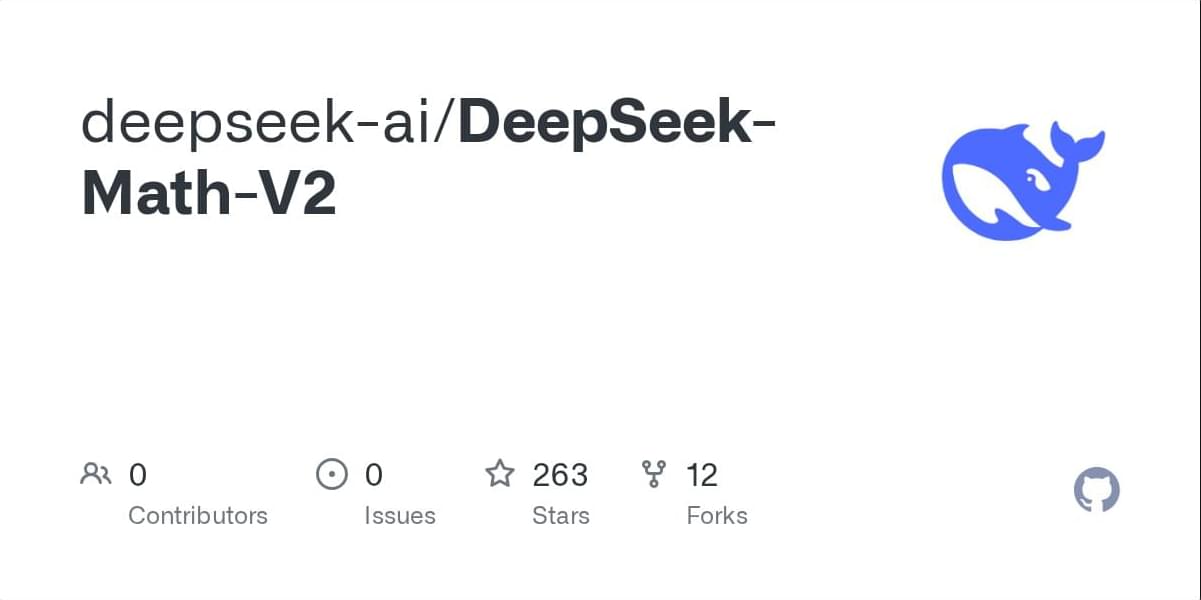
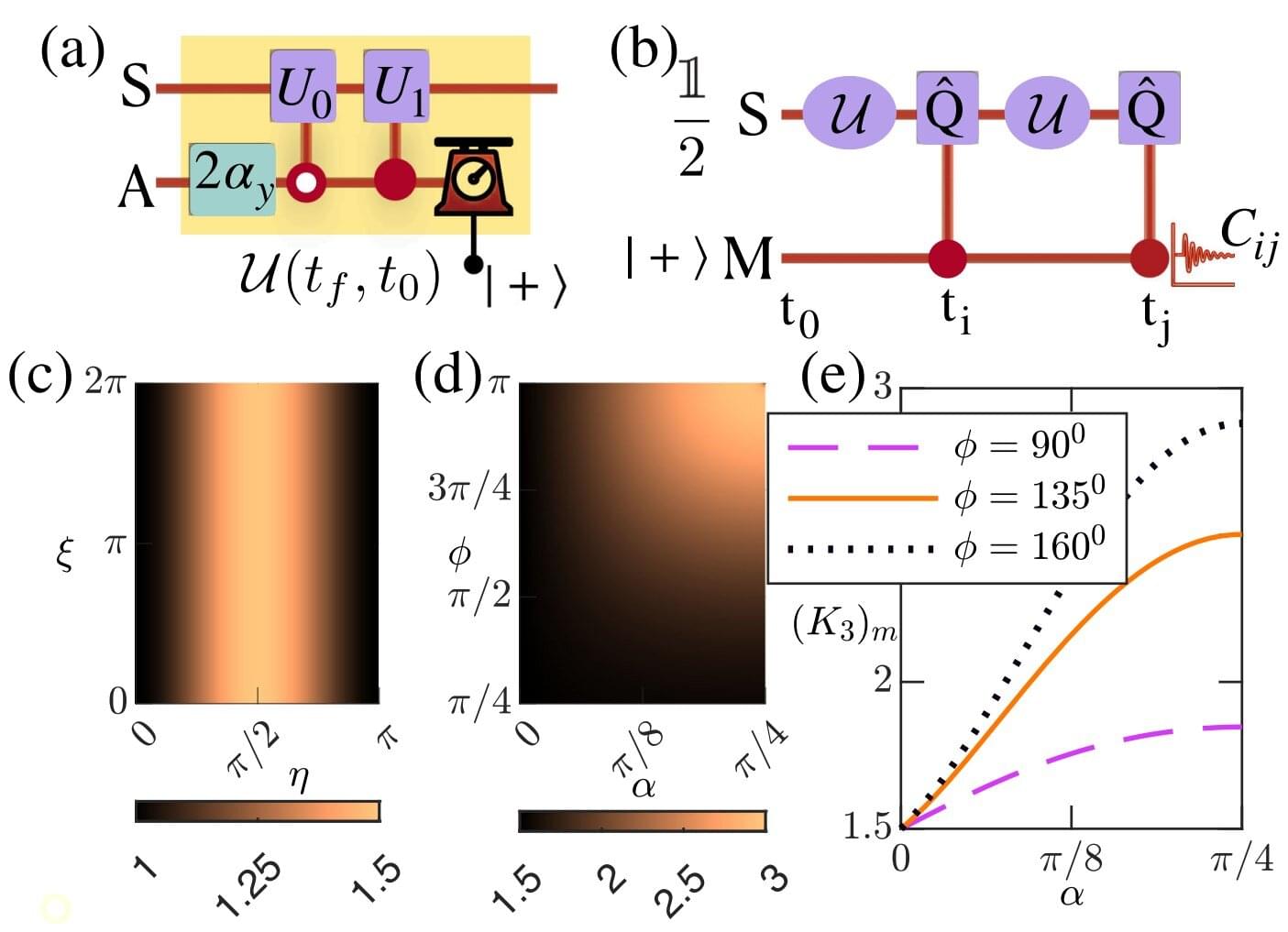
The quantum world is famously weird—a single particle can be in two places at once, its properties are undefined until they are measured, and the very act of measuring a quantum system changes everything. But according to new research published in Physical Review Letters, the quantum world is even stranger than previously thought.
What happens at the quantum level is in stark contrast to the classical world (what we see every day), where objects have definite properties whether or not we look at them, and observing them doesn’t change their nature. To see whether any system is behaving classically, scientists use a mathematical test called the Leggett-Garg inequality (LGI). Classical systems always obey the LGI limit while quantum systems violate it, proving they are non-classical.
Stephen Wolfram is a physicist, mathematician, and programmer who believes he has discovered the computational rules that organize the universe at the finest grain. These rules are not physical rules like the equations of state or Maxwell’s equations. According to Wolfram, these are rules that govern how the universe evolves and operates at a level at least one step down below the reality that we inhabit. His computational principles are inspired by the results observed in cellular automata systems, which show that it’s possible to take a very simple system, with very simple rules, and end up at complex patterns that often look organic and always look far more intricate than the black and white squares that the game started with. He believes that the hyperspace relationships that emerge when he applies a computational rule over and over again represent the nature of the universe — and that the relationships that emerge contain everything from the seed of human experience to the equations for relativity, evolution, and black holes. We sit down with him for a conversation about the platonic endeavor that he has undertaken, where to draw the line between lived experience and the computational universe, the limits of physics, and the value of purpose and the source of consciousness.
MAKE HISTORY WITH US THIS SUMMER:
https://demystifysci.com/demysticon-2025
PATREON
/ demystifysci.
PARADIGM DRIFT
https://demystifysci.com/paradigm-drift-show.
Material solutions to quantum spookiness: https://www.youtube.com/@MaterialAtomics.
00:00 Go!
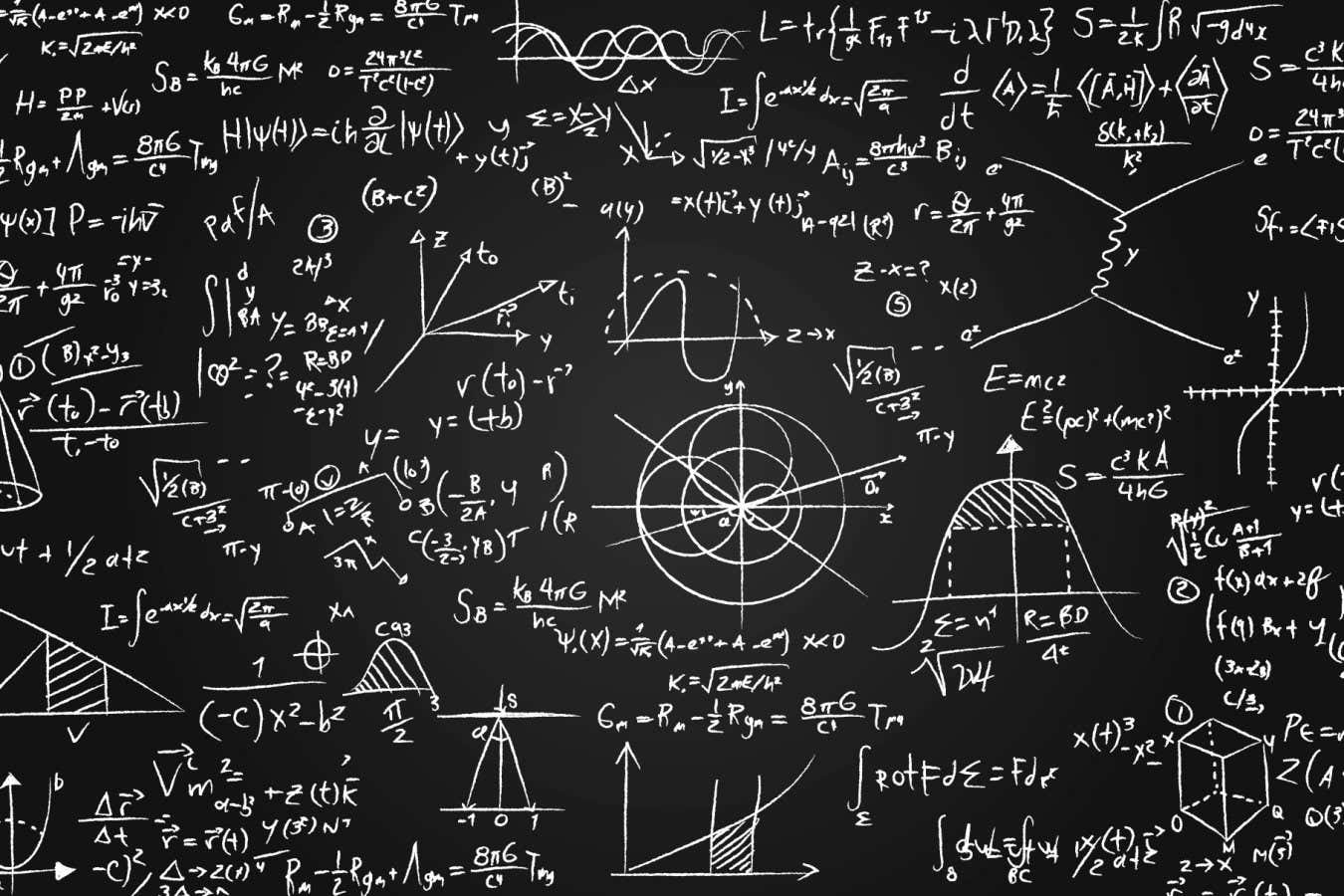

Large language models (LLMs) like ChatGPT can write an essay or plan a menu almost instantly. But until recently, it was also easy to stump them. The models, which rely on language patterns to respond to users’ queries, often failed at math problems and were not good at complex reasoning. Suddenly, however, they’ve gotten a lot better at these things.
A new generation of LLMs known as reasoning models are being trained to solve complex problems. Like humans, they need some time to think through problems like these—and remarkably, scientists at MIT’s McGovern Institute for Brain Research have found that the kinds of problems that require the most processing from reasoning models are the very same problems that people need to take their time with.
In other words, they report in the journal PNAS, the “cost of thinking” for a reasoning model is similar to the cost of thinking for a human.
Give the most meaningful Christmas gift ✨ Create a custom star map from Under Lucky Stars at http://UnderLuckyStars.com.
Why haven’t we heard from aliens? That’s a question that sounds simple but turns into a mess the moment you try to answer it. Recently, a mathematician tried to simplify the equation by trying to calculate the odds that we’re the only intelligent life in the universe – according to his math, we shouldn’t be. Let’s take a look.
Paper: https://www.sciencedirect.com/science… Check out my new quiz app ➜ http://quizwithit.com/ 📚 Buy my book ➜ https://amzn.to/3HSAWJW 💌 Support me on Donorbox ➜ https://donorbox.org/swtg 📝 Transcripts and written news on Substack ➜ https://sciencewtg.substack.com/ 👉 Transcript with links to references on Patreon ➜ / sabine 📩 Free weekly science newsletter ➜ https://sabinehossenfelder.com/newsle… 👂 Audio only podcast ➜ https://open.spotify.com/show/0MkNfXl… 🔗 Join this channel to get access to perks ➜
/ @sabinehossenfelder #science #sciencenews #aliens #maths.
🤓 Check out my new quiz app ➜ http://quizwithit.com/
📚 Buy my book ➜ https://amzn.to/3HSAWJW
💌 Support me on Donorbox ➜ https://donorbox.org/swtg.
📝 Transcripts and written news on Substack ➜ https://sciencewtg.substack.com/
👉 Transcript with links to references on Patreon ➜ / sabine.
📩 Free weekly science newsletter ➜ https://sabinehossenfelder.com/newsle…
👂 Audio only podcast ➜ https://open.spotify.com/show/0MkNfXl…
🔗 Join this channel to get access to perks ➜
/ @sabinehossenfelder.
#science #sciencenews #aliens #maths
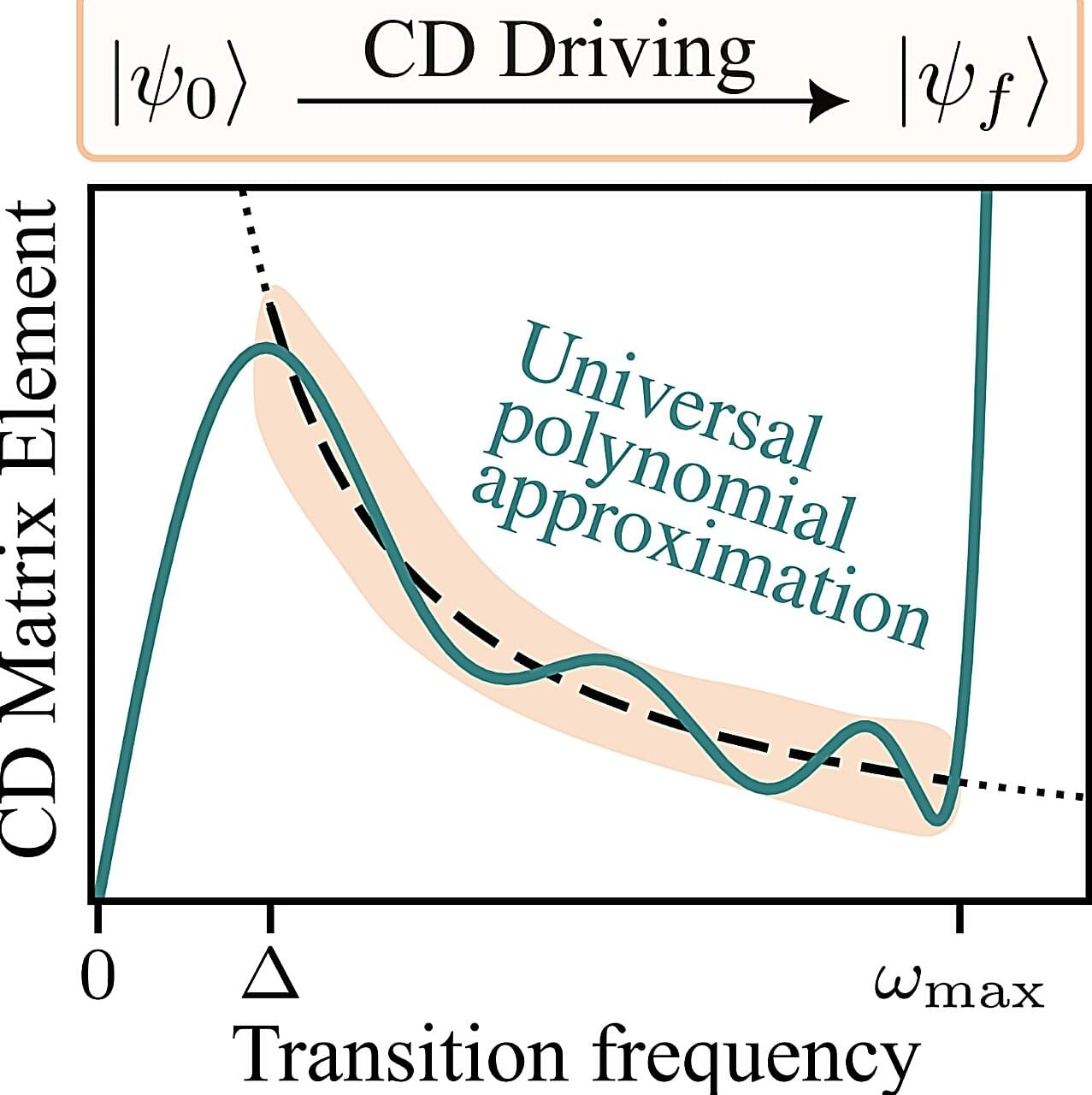
Quantum ground states are the states at which quantum systems have the minimum possible energy. Quantum computers are increasingly being used to analyze the ground states of interesting systems, which could in turn inform the design of new materials, chemical compounds, pharmaceutical drugs and other valuable goods.
The reliable preparation of quantum ground states has been a long-standing goal within the physics research community. One quantum computing method to prepare ground states and other desired states is known as adiabatic state preparation.
This is a process that starts from an initial Hamiltonian, a mathematical operator that encodes a system’s total energy and for which the ground state is known, gradually changing it to reach a final Hamiltonian, which encodes the final ground state.

All of modern mathematics is built on the foundation of set theory, the study of how to organize abstract collections of objects. But in general, research mathematicians don’t need to think about it when they’re solving their problems. They can take it for granted that sets behave the way they’d expect, and carry on with their work.
Descriptive set theorists are an exception. This small community of mathematicians never stopped studying the fundamental nature of sets — particularly the strange infinite ones that other mathematicians ignore.
Their field just got a lot less lonely. In 2023, a mathematician named Anton Bernshteyn (opens a new tab) published a deep and surprising connection (opens a new tab) between the remote mathematical frontier of descriptive set theory and modern computer science.